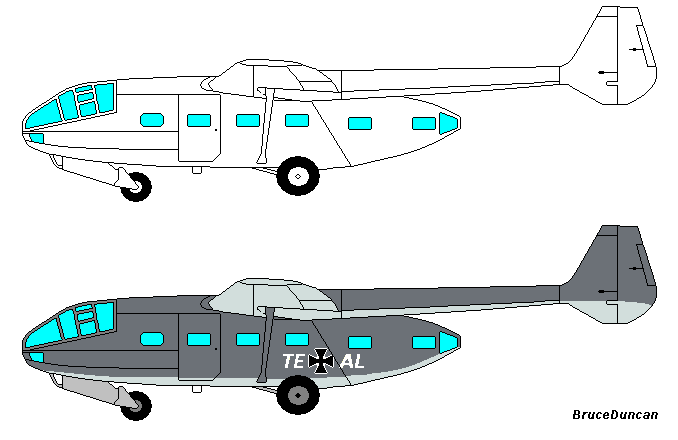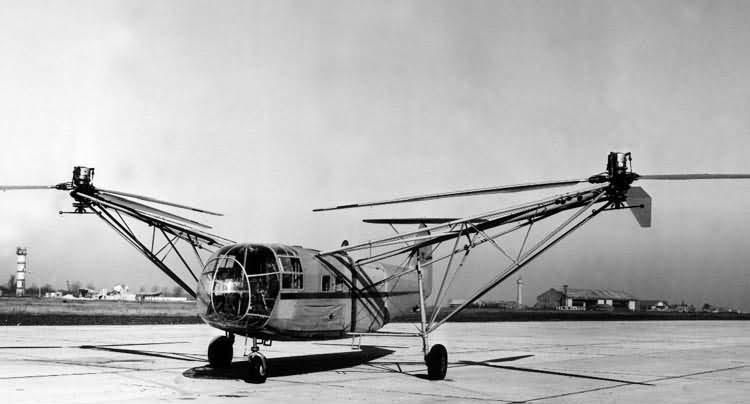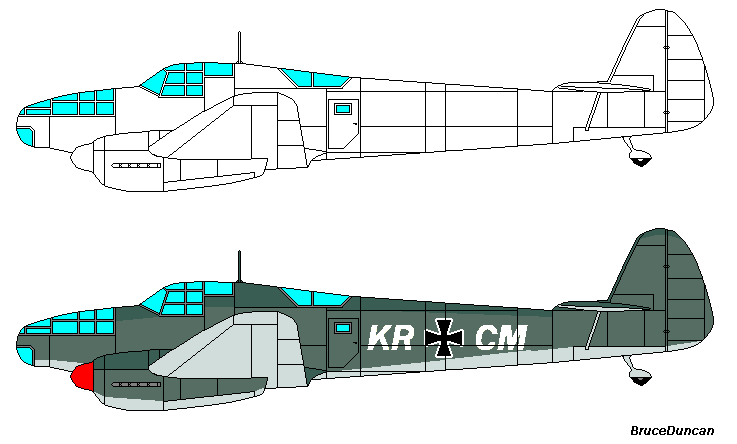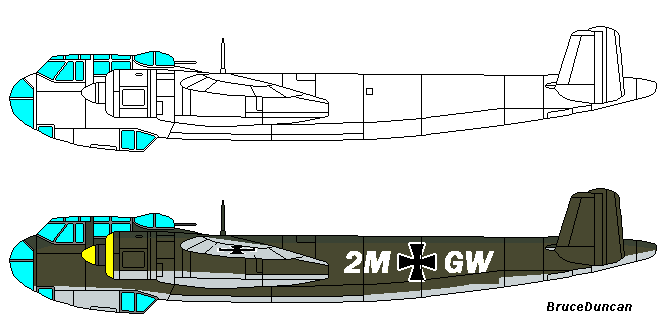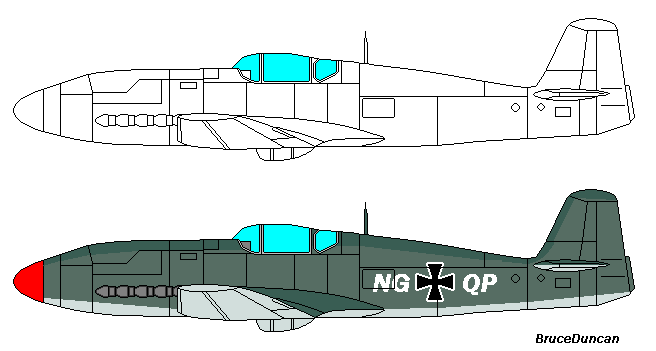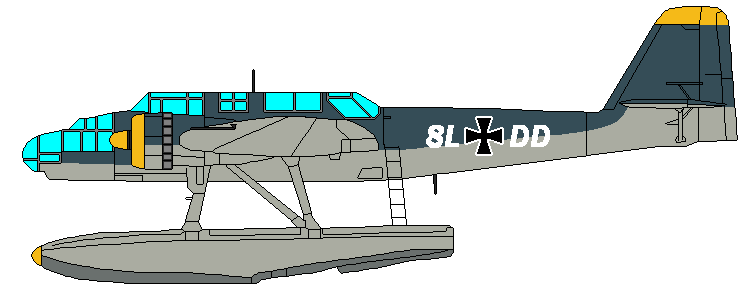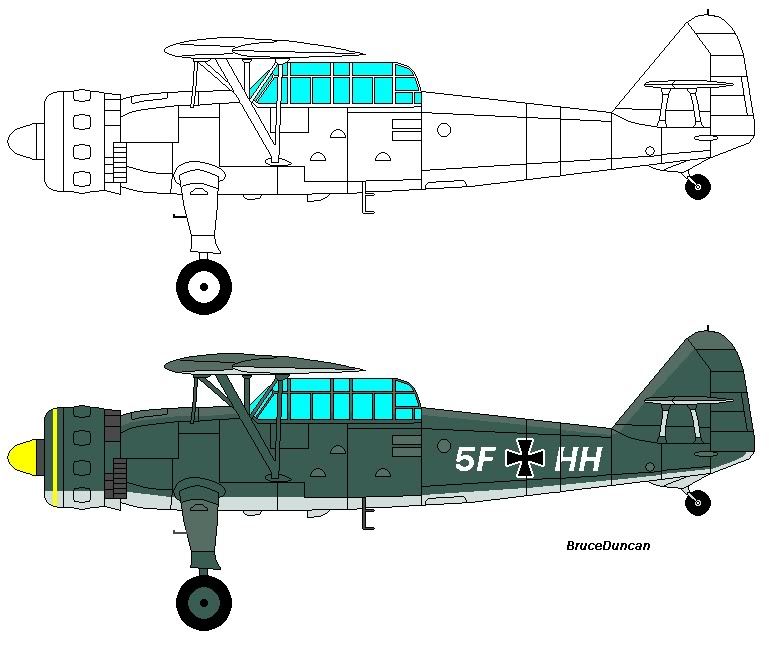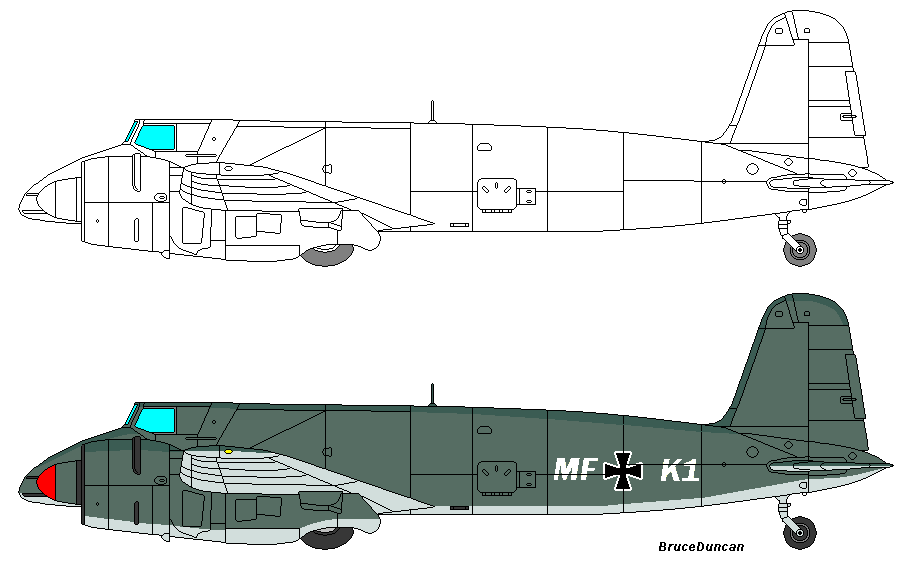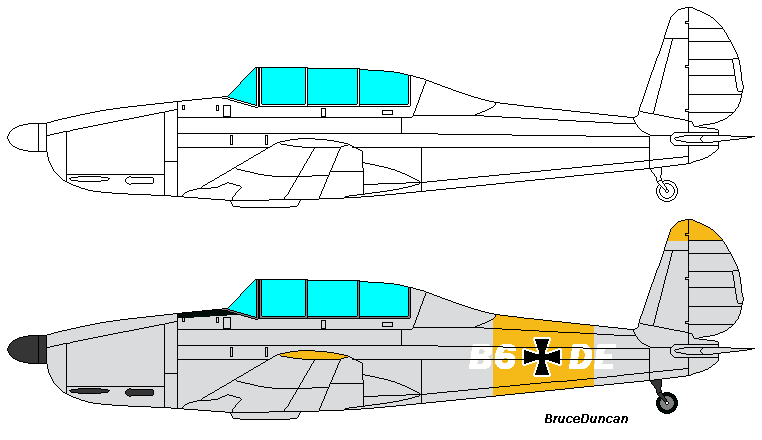Service History
The prototype Fw58 V-1 made its first flight in 1935 as a six-seat light transport intended for service with Lufthansa, and as the civil Fw58A is was successful in garnering orders from Lufthansa for eight aircraft, as well as being exported to Czechoslovakia and Hungary. A militarised variant, the Fw58B, was ordered by the Luftwaffe for the staff transport role, and were also employed as air ambulances. The Luftwaffe’s Fliegerforschutzverband used the type to carry out spraying operations in the middle Danube district, protecting seed potatoes against spring frosts by smoke spraying. The principal production version was the Fw58C aircrew trainer, which became standard equipment of the Luftwaffe’s training establishments and was successfully exported to Bulgaria and Brazil, among other nations. In the training role the Fw58 could be fitted with a gunner’s station in the nose and could be outfitted for bombing, navigation or wireless training. Production of the type was continuing in 1940, by which time some 1,230 machines of all types had been produced, including 110 machines for export.
Technical Description
Low wing cantilever monoplane in three sections. Rectangular centre-section and two outer sections with back-swept leading edges and straight trailing edges. Structure consists of a single duralumin girder spar to which is attached the metal-covered leading edge. Metal ribs connect the main spar to the auxiliary spar to which are hinged the Frise ailerons and camber-changing flaps. The portion aft of the main spar is fabric covered. Ailerons and flaps are metal-framed and covered with fabric.
Fuselage is a rectangular structure of welded chrome-molybdenum steel tubing with a light subsidiary fairing structure of duralumin with fabric covering. Conical metal nose may be detached and replaced with a gunner’s cockpit.
Monoplane type tail unit. Duralumin framework with fabric covering. Adjustable tailplane mounted in advance of the fin, which is built integral with the fuselage. Statically and aerodynamically balanced elevators and rudders. Elevators and rudder provided with controllable trimming tabs.
Retractable type undercarriage. Each triangulated unit consists of a hinged fork, the legs of which are sprung to two oleo-pneumatic shock absorbers. The Vee-struts to which the forks are hinged are mounted on a transverse tube and are raised aft by an oleo-pneumatic jack screw. When the units are in the fully-raised position within the tails of the engine nacelles hinged doors close the aperture. Low pressure wheels and brakes. Orientable tail wheel.
Two 240 hp Argus As10C eight-cylinder inverted Vee air-cooled engines on welded chrome-molybdenum steel tube mountings cantilevered from the main spar of the centre-section. Two welded aluminium fuel tanks (340 litres total capacity) in the centre-section aft of the main spar, on either side of the fuselage. Oil tanks (17 litres capacity) in each engine nacelle.
Gunner’s or bomb aimer’s training station in the nose. Pilots’ enclosed cockpit over the leading edge of the wing seats two side-by-side with complete dual controls. Behind the pilots’ cockpit is a wireless compartment, aft of which is a further compartment with side windows and bomb trap with sights for bombing instruction. An after gun position can be installed above this compartment.
Span 21 metres, length 14.1 metres, height 4.2 metres. Wing area 47 square metres. Empty weight 1,970 kg, loaded weight 2,900 kg. Wing loading 6.1 kg per horsepower.
Maximum speed at 1,000 metres 254 kph, cruising speed at 2,000 metres 238 kph, landing speed 76 kph. Climb to 1,000 metres 3 minutes 8 seconds, to 3,000 metres 14 minutes. Ceiling 5,400 metres. Range 835 kilometers.

